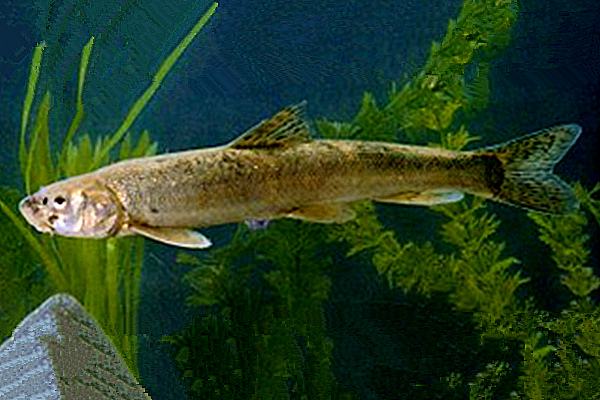Diptychus maculatus Steindachner is a small cold-water fish.

Diptychus maculatus Steindachner is a small cold-water fish.
Diptychus maculatus Steindachner generally lives in the main and tributary water environment. It likes to live in rivers with water temperatures below 20℃. Feeds on benthic organisms and algae. The spotted mullet is more concentrated in deep pools and whirlpools in rivers with slow currents, and its activities are significantly enhanced at night. The species's origin is in Leh, Indus River. Residents in the production area often use hooks to fish it. According to local people, it has a fragrant cucumber flavor after cooking.
Listed in the second level of the "List of National Key Protected Wildlife in China".
Protect wildlife and eliminate game.
Maintaining ecological balance is everyone's responsibility!